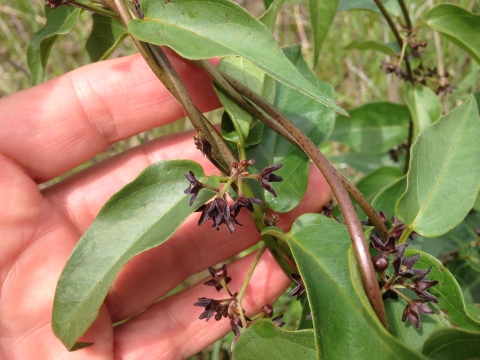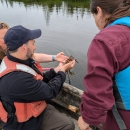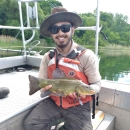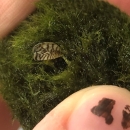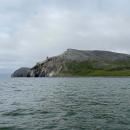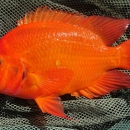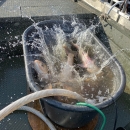Up to 46 percent of the plants and animals federally listed as endangered species have been negatively impacted by invasive species invasive species
An invasive species is any plant or animal that has spread or been introduced into a new area where they are, or could, cause harm to the environment, economy, or human, animal, or plant health. Their unwelcome presence can destroy ecosystems and cost millions of dollars.
Learn more about invasive species (Wilcove, et al. 1998, National Invasive Species Council 2001). Refuges in the North Atlantic Appalachian Region initiated an effort to systematically identify, locate, and map invasive plant species occurring on refuge lands leading to an effective integrated management plan. Refuges use this information to guide the development of control, monitoring, and evaluation projects.
Rachel Carson refuge uses science-based information to determine the best techniques for controlling invasive species, while avoiding unintended consequences of control efforts. The refuge continues to promote alternative environmentally benign pest management strategies to encourage healthy, sustainable ecosystems. In some circumstances chemical control of invasive species may be necessary to maintain vital wildlife habitats or populations.
Rachel Carson campaigned against the indiscriminate use of chemicals, yet she recognized the need to use substances to maintain the health of natural and human communities. In such circumstances, the refuge will follow the best management practices in recognition of our namesake's message in her writings from her landmark book, Silent Spring.

